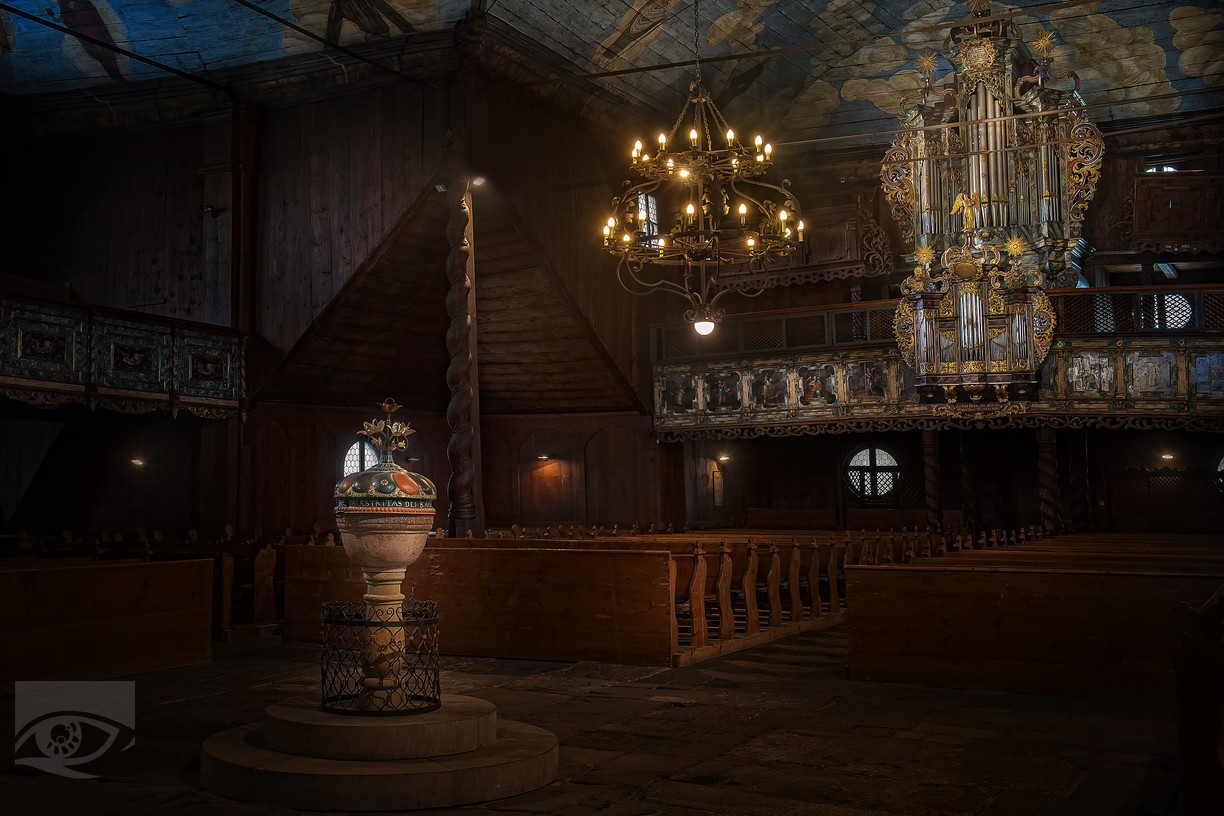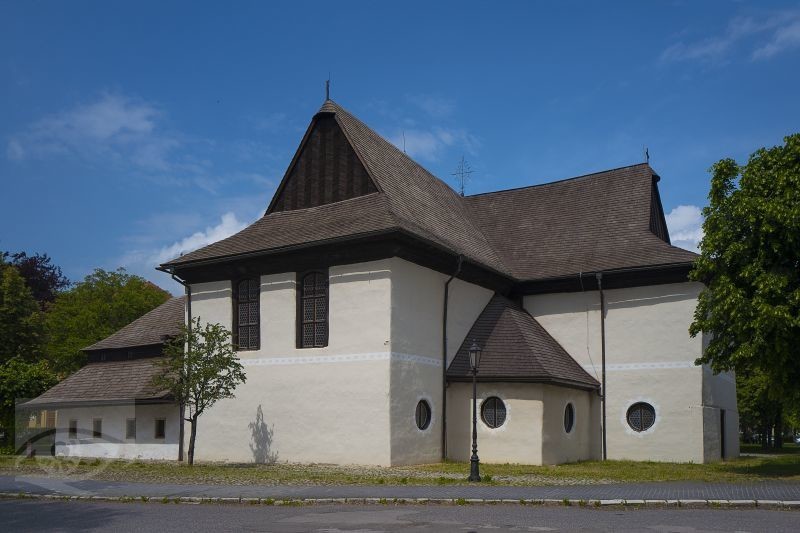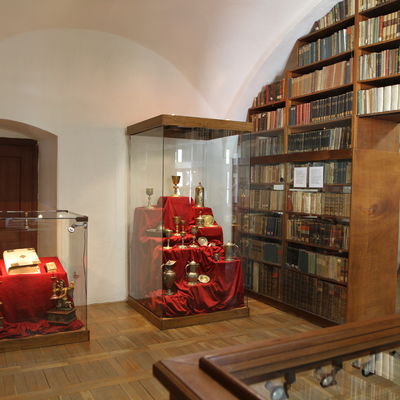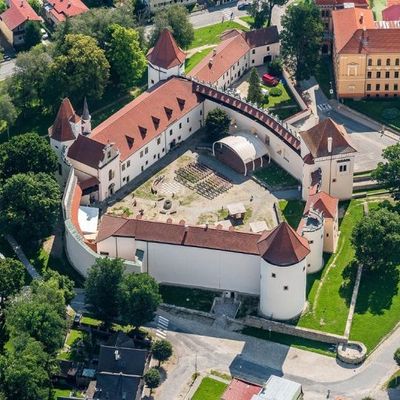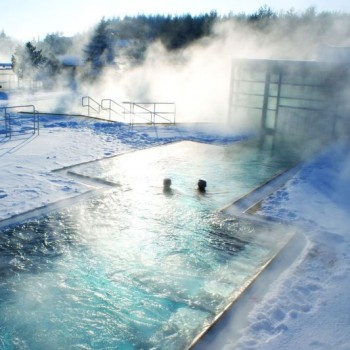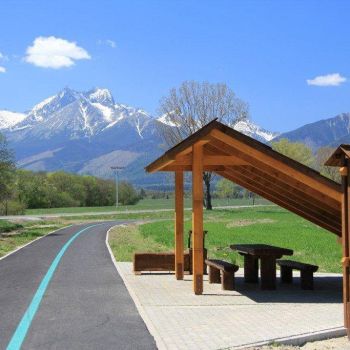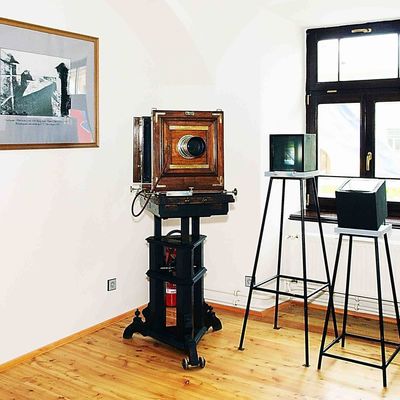Wooden articular church in Kežmarok, UNESCO
The church is located next to the New Evangelical Church, which resembles a mosque. You will probably not find a similar combination of such architectural styles anywhere in the world.
The church comes from the time of religious oppression of Protestants who on the basis of the 26th article of the Sopron Assembly of 1681 were allowed to build churches only outside the city walls at a precisely specified place and solely at the expense of the Church. The cheapest building material was wood, the material of choice for building Protestant churches at that time. The last five original churches, which have been preserved in Slovakia today, were built of wood.
The first construction of the wooden church was standing already in 1687. In 1717 the church was built in less than three months, and it still stands in its original form today. The prototype of the church was a wooden church with a floor plan resembling the isosceles Greek cross standing in Amsterdam at Noorder Kerk.
This type of church spread to Germany and the Nordic states and via Silesia to Austria-Hungary. The funds for the construction of the Kežmarok church, which is consecrated to the Holy Trinity, were obtained through fundraising efforts of Protestants from all over northern Europe. The King of Sweden and the King of Denmark even raised funds for the church in their own countries. It is said that Swedish sailors helped build the church, as evidenced by the upper part of the interior which resembles the inverted bow of the ship and round windows, much like those found on ships.
In fact, the inhabitants of other towns also with the construction of the church, too. The church is built in folk Baroque style. The massive painted vault is supported by four spiral columns and circumferential walls. The ground floor and six choirs can hold more than 1,500 people. After an extensive renovation between 1991 and 1996, the church became again an active place of worship.
The wooden evangelical articular church was entered in the UNESCO list as part of the set of wooden temples in the Slovak part of the Carpathian Mountains in 2008.
Wooden articular church EN Audio
Zdroj: www.ecav.sk, Wikipédia, www.tatryspispieniny.sk
Titulná foto: Jano Štovka, MQEP
SEE ALSO:
Kežmarský hrad
Mestský hrad s početnými expozíciami, známy aj ako východisko prvého turistického výletu do Vysokých Tatier. Súčasťou je expozícia historických vozidiel, hasičskej techniky i historická lekáreň.
Evanjelické lýceum a knižnica v Kežmarku
Evanjelické lýceum v Kežmarku je kultúrnou pamiatkou s bohatou históriou. Pôsobilo a študovalo tu množstvo osobností slovenských i európskych dejín – mnohí z nich sa stali významnými
Múzeum J. M. Petzvala v Spišskej Belej
Múzeum je rodným domom vynálezcu J. M. Petzvala, ktorý sa považuje za zakladateľa modernej optiky a priekopníka v oblasti fotografovania.






